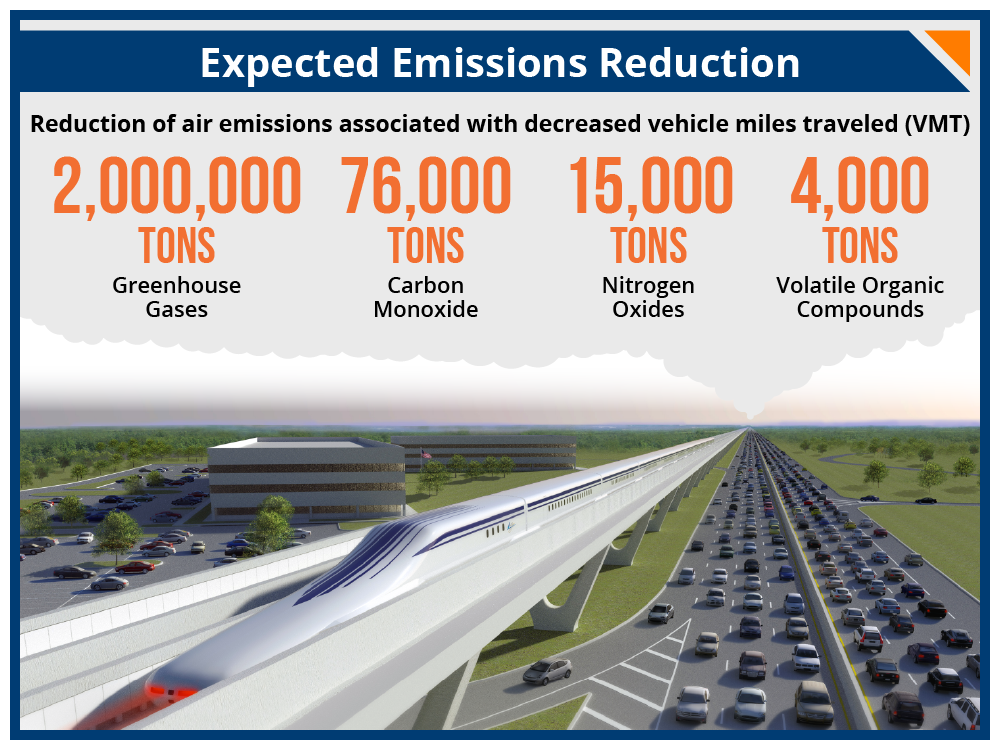Conscientious Construction
Conscientious design of the SCMAGLEV infrastructure will minimize any potential impacts on streams, wetlands, floodplains and other natural and cultural features. Also, there will be silt fences and straw bales installed to minimize runoff into any nearby bodies of water, wetlands, roads or other sensitive areas. And, at completion, the vegetation will be restored along with other erosion control measures, as needed. The tunneling process will result in a considerable amount of soil and clay being brought to the surface. Our hope is to find creative ways to use this material in beneficial ways. One example of such a use can be seen in the partnership between the Crossrail project (expansion of London’s Underground) and the Royal Society for the Protection of Birds (RSPB). Crossrail and RSPB used excavated earth to restore a huge area of underutilized farmland back into a mixture of salt marsh, mudflat, and lagoon wetland to support 20,000 birds. The project helped to restore Wallasea Island to its natural state – which hasn’t been seen in over 400 years! Learn more about the wetland restoration project.
